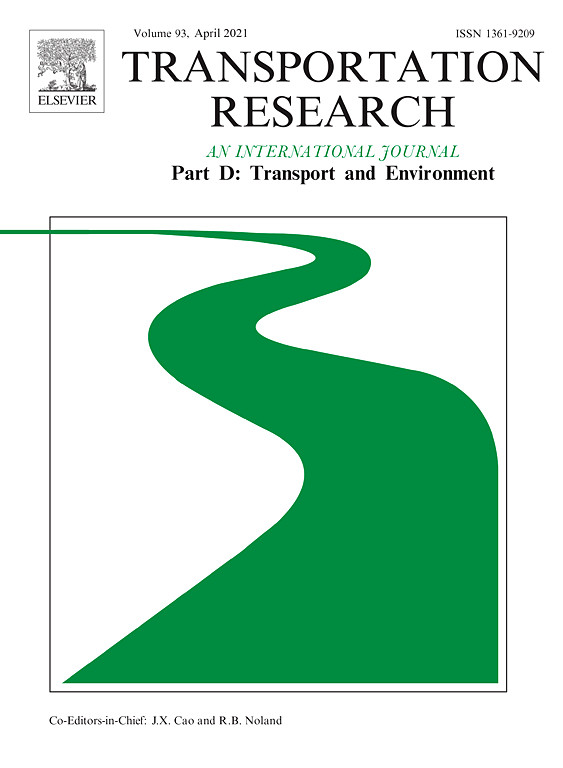Electric vehicle charging network in Europe: An accessibility and deployment trends analysis

10.04.2021
Giacomo Falchetta (Fondazione Eni Enrico Mattei, Free University of Bozen-Bolzano); Michel Noussan (Fondazione Eni Enrico Mattei)
Electric vehicles, Charging, Accessibility, Public charging, GIS
Transportation Research Part D: Transport and Environment, Volume 94, May 2021, 102813
If coupled with a low-carbon electricity mix, electric vehicles (EVs) can represent an important technology for transport decarbonization and local pollutants abatement. Yet, to ensure large-scale EVs adoption, an adequate charging stations network must be developed. This paper provides the first comprehensive bottom-up analysis of the EV charging network in Europe. Combining a crowd-sourced database of charging stations with accessibility data and algorithms, we produce maps of the travel time to the most accessible EV charging station across Europe, we evaluate the charging points density and the number of active operators in different areas. We find that although recent years have witnessed a notable expansion of the EV charging network, stark inequalities persist across and within countries, both in terms of accessibility and of the charging points available to users. Our results allow for a better understanding of some of the key challenges ahead for ensuring mass EVs adoption throughout Europe and thus potentially reducing the environmental impact of the transport sector.
If coupled with a low-carbon electricity mix, electric vehicles (EVs) can represent an important technology for transport decarbonization and local pollutants abatement. Yet, to ensure large-scale EVs adoption, an adequate charging stations network must be developed. This paper provides the first comprehensive bottom-up analysis of the EV charging network in Europe. Combining a crowd-sourced database of charging stations with accessibility data and algorithms, we produce maps of the travel time to the most accessible EV charging station across Europe, we evaluate the charging points density and the number of active operators in different areas. We find that although recent years have witnessed a notable expansion of the EV charging network, stark inequalities persist across and within countries, both in terms of accessibility and of the charging points available to users. Our results allow for a better understanding of some of the key challenges ahead for ensuring mass EVs adoption throughout Europe and thus potentially reducing the environmental impact of the transport sector.
